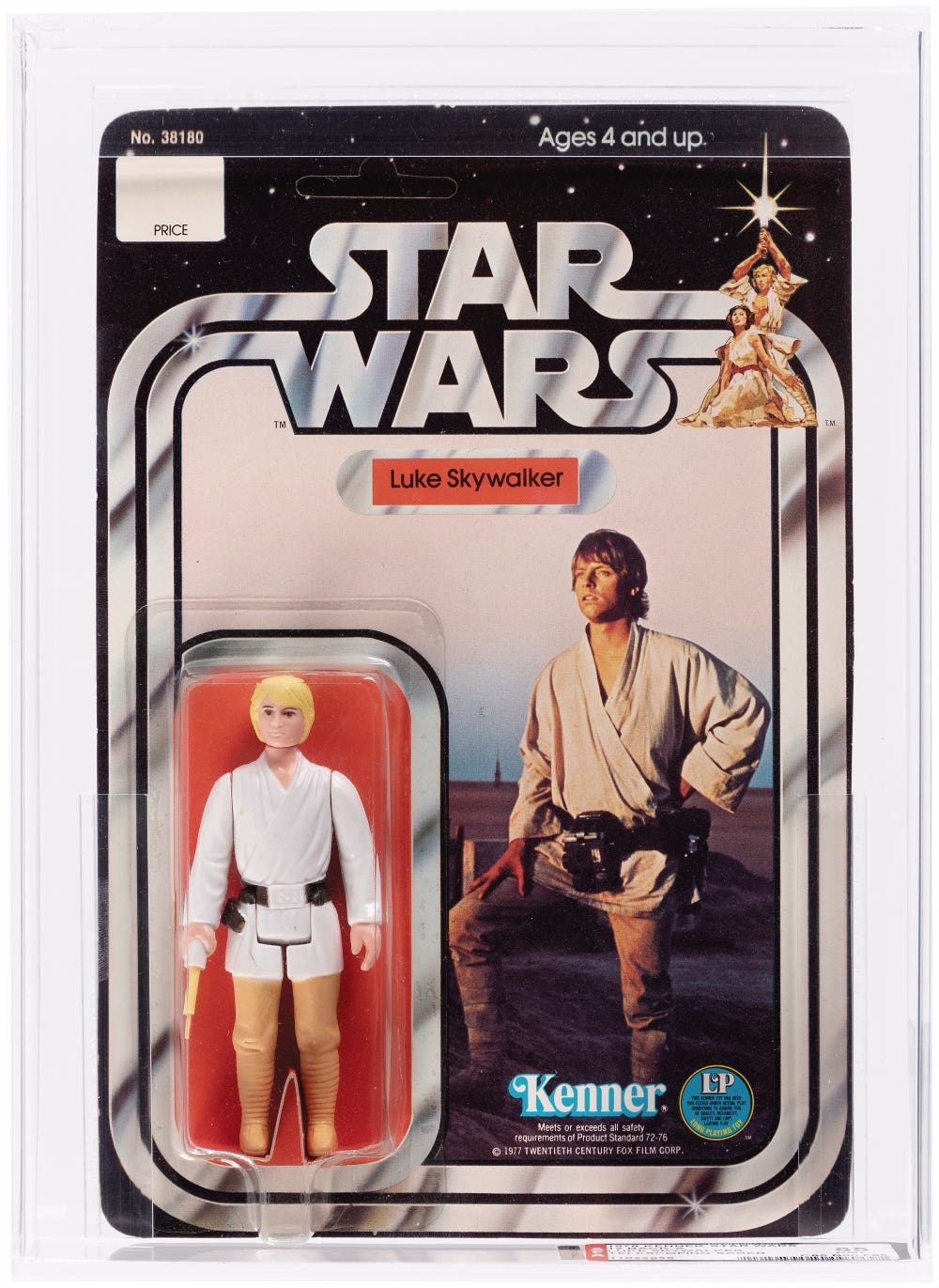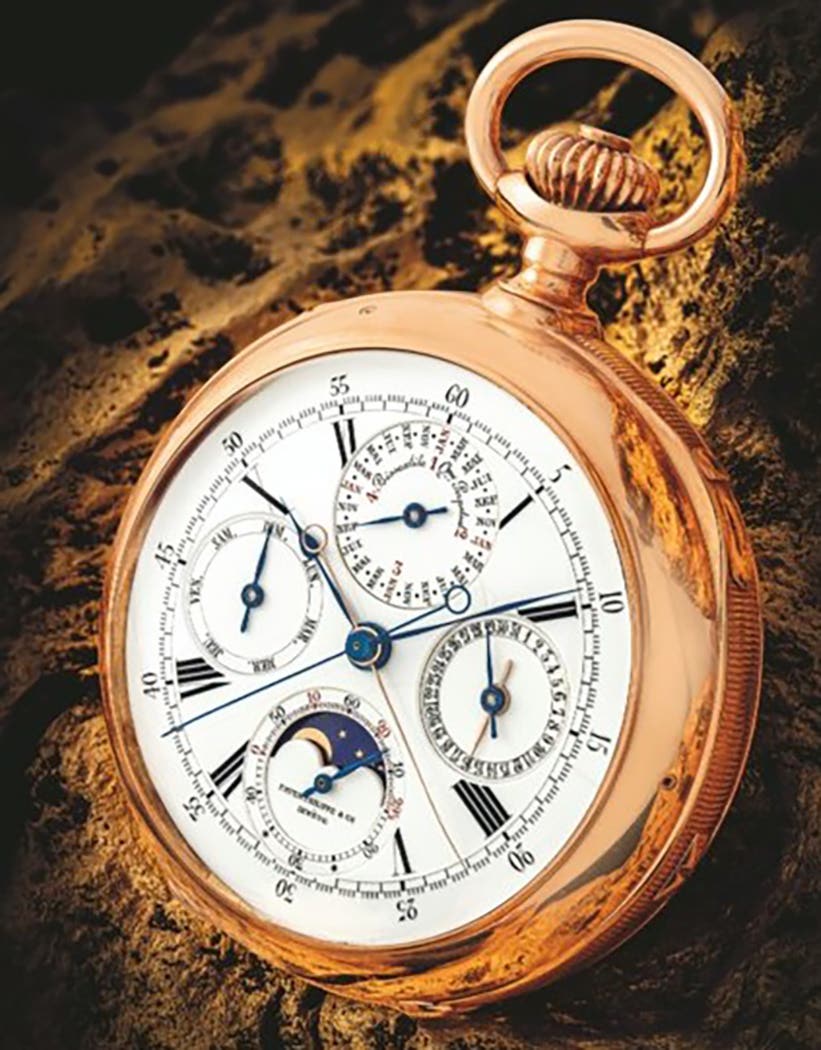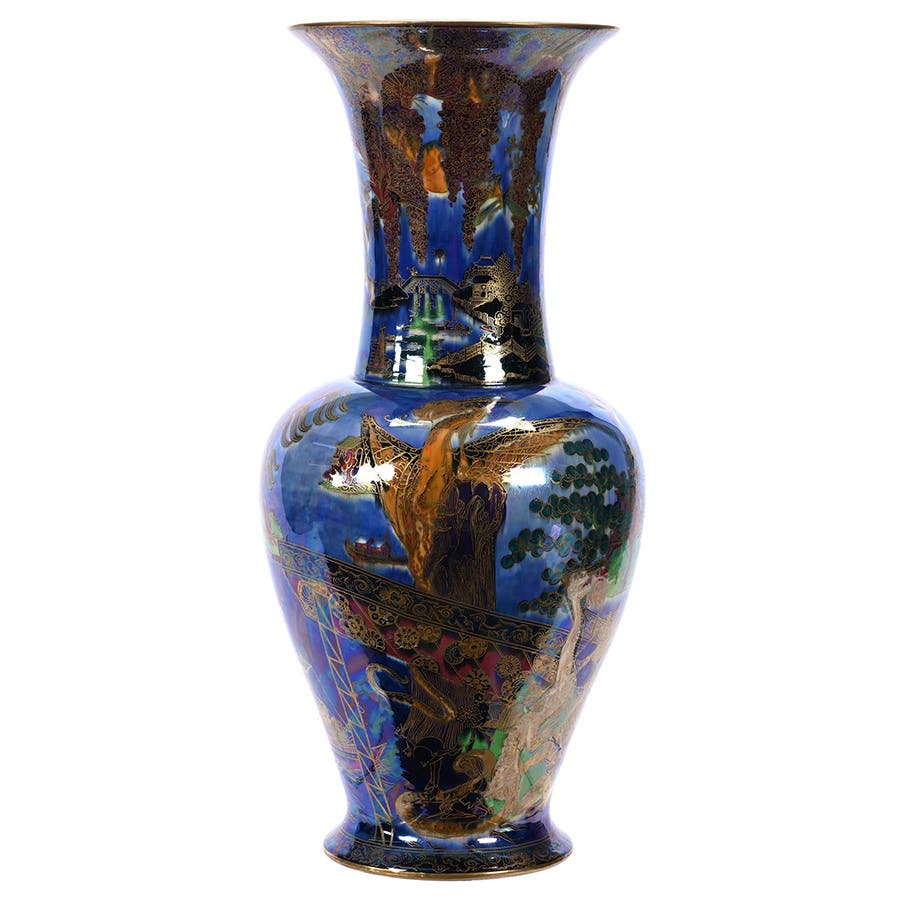Rocking the art guitars of the 1930s-’50s
Before pickin’ and grinnin’ truly captivated the eyes and ears of the American public, the art guitars of the 1930s and ’40s supplied enticing sights and sounds to the masses, as Steve Evans explains in his latest Collector Feature.
All of these guitars were made in the United States with the exception of the
German-made Fasan brand guitar, which features a fascinating “Waterskiing Scene.”
Most were produced in the 1930s and 1940s, and all came from the manufacturer painted with attractive artwork. The art was applied either by stencil-painting or silk-screening.
The Harmony Guitar Company preferred “stencil-painted” scenes, and their models typically have a slight over-spray.
Kay and Regal used the “silk-screen” method, which gave more detail and sharper edges to the art.
The “Amateur Hour” and the “Big Band” scene guitars both have pick-shaped decals near the artwork. This gives a hint of the original owner’s name because these decals show the initials of the owner, an option available when ordering a guitar from the Montgomery Ward or Spiegel catalogs (circa 1934 through 1942). If the original owner was a teenager when receiving the guitar, that person is now 90 to 95 years old.
In the 1930s and ’40s, these guitars were referred to as “standard size,” but today are considered more of a three-quarters size when compared to the modern, big dreadnought guitars.
To see a short video featuring these guitars, go to YouTube.com and use search words “Antique Trader Art Guitars.”
The guitars shown in this article are on display at the Jacksonville Guitar Museum, 1105 Burman Drive, in Jacksonville, Arkansas.








